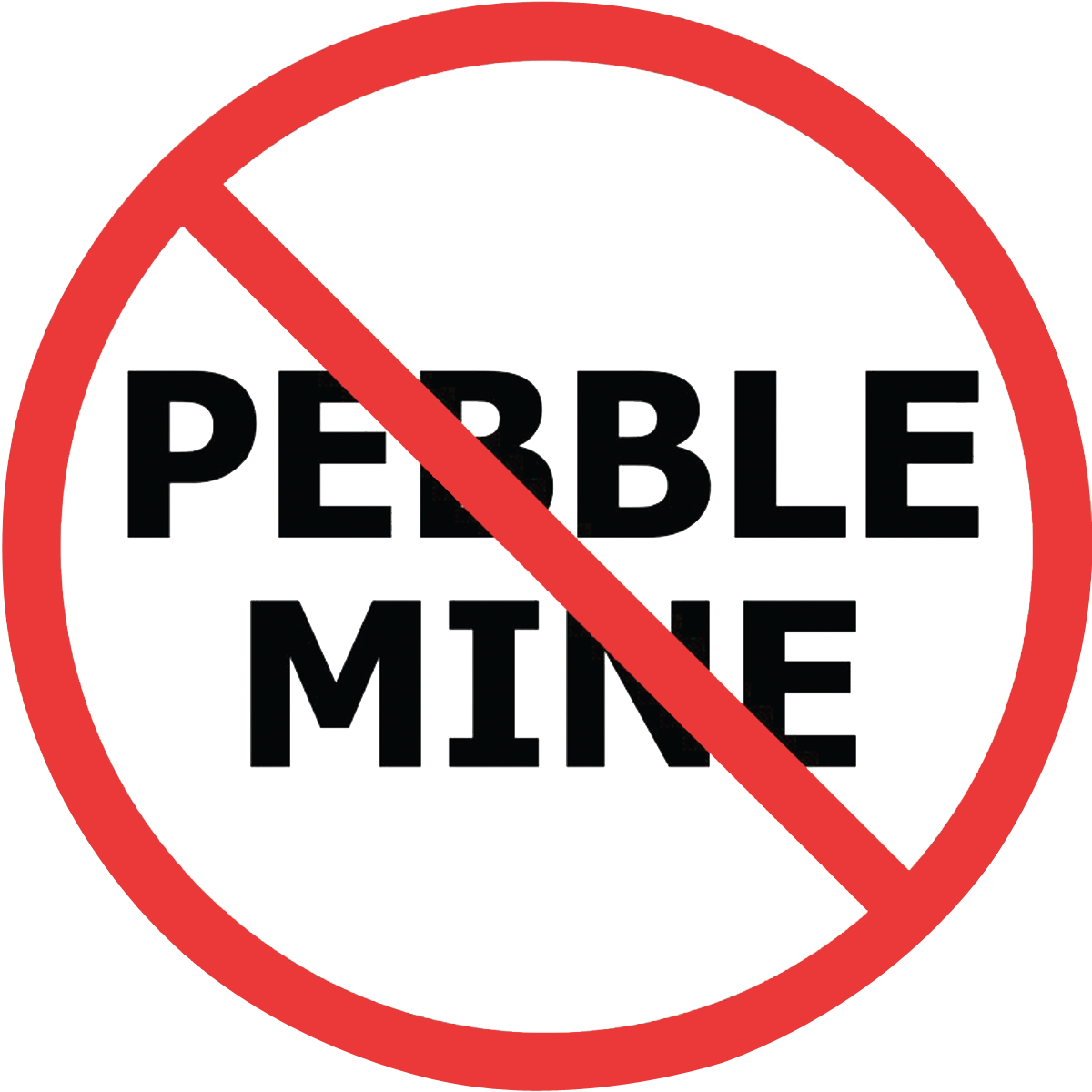View original story from The New York Times here
MAY 12, 2017
In another reversal of Obama administration policy, the Environmental Protection Agency announced Friday that it had settled a lawsuit over a mine near Alaska’s Bristol Bay, one of the world’s most productive salmon fisheries.
Pebble Limited Partnership, the site’s developer, sued the agency, claiming that the Obama administration had colluded with the project’s opponents to block copper, gold and silver extraction at the site. An E.P.A. review found no evidence of such collusion.
Friday’s settlement allows the company to file a new application for a permit, which it has said it will do. That effectively undercuts the E.P.A.’s previous determinations, based on years of scientific study, that the proposed mine on state land would be a risk to the long-term health of the fishery and wider ecosystem.
In a call with shareholders on Friday, executives for Pebble Limited Partnership and Northern Dynasty Minerals, the partnership’s parent company, thanked Scott Pruitt, the administrator of the E.P.A., for the favorable treatment under the new administration and “his commitment to the rule of law.”
Environmental and Native Alaskan groups immediately expressed dismay over the decision.
Daniel Cheyette, the vice president and general counsel for the Bristol Bay Native Corporation, a profit-making corporation of Native Alaskan shareholders, said, “It is a hugely important fishery, and having a large open-pit mine right at the headwaters poses a significant risk, and it is one that the people in the region are unwilling to accept.”
“In Alaska, we typically are in favor of development projects — Bristol Bay Native Corporation included — but this mine is different, and, consistently, a majority of Alaskans are opposed to it,” Mr. Cheyette added. He cited the high levels of opposition to the mine — more than 80 percent of local residents and 62 percent statewide oppose the project — as well as a ballot initiative that passed in 2014, requiring any mining development that affects the salmon fishing industry in Bristol Bay to seek approval from the State Legislature.
The settlement gives the company 30 months to file for a new permit. The E.P.A. said it would make no determination whether the project meets the terms of the Clean Water Act until the Army Corps of Engineers completes an assessment of the project’s environmental impact within the next four years.
The E.P.A. has also said it would withdraw its proposed determination about the mine under the Clean Water Act.
The original project, a gold and copper mine, would have been among North America’s largest open-pit mines. It faced substantial opposition from local interests, Native Alaskan communities and several industries, including commercial fishing and eco-tourism.
During the Obama administration, local groups asked the E.P.A. to intervene, which resulted in a yearslong process of reviews, scientific assessment and public comment. The process concluded with the determination that the mine, as planned, would risk the long-term health of the ecosystem, but it did not wholly block the granting of a permit.
Ron Thiessen, the president and chief executive of Northern Dynasty Minerals, which is based in Vancouver, said in a statement, “From the outset of this unfortunate saga, we’ve asked for nothing more than fairness and due process under the law — the right to propose a development plan for Pebble and have it assessed against the robust environmental regulations and rigorous permitting requirements enforced in Alaska and the United States.”
Mr. Thiessen added, “Today’s settlement gives us precisely that, the same treatment every developer and investor in a stable, first world country should expect.”
Mr. Cheyette said the settlement does not mean that a mine will be built. In fact, he doubted its prospects: “For anyone looking at this thinking that the opposition is going away, they’re mistaken.”
Correction: May 17, 2017
An article on Saturday about an Environmental Protection Agency decision to settle a lawsuit over a mine in Alaska described the location of the mine incorrectly. While it is in the watershed of Bristol Bay and while waste from the mine could affect the fishery there, the mine is not on Bristol Bay itself. (It is roughly 100 miles away.)
